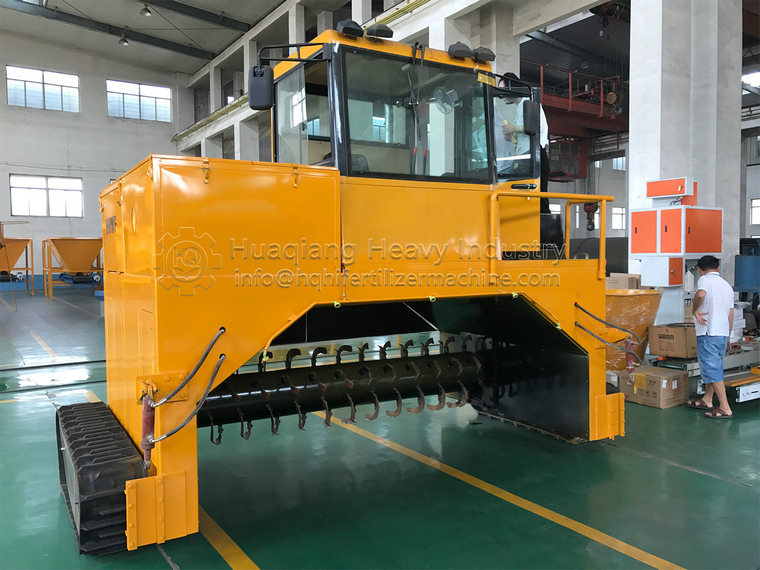What are the precautions for maintenance of organic fertilizer turning machine
1. Daily check:
Before and after daily use, conduct a comprehensive visual inspection of the stacker to confirm that there are no obvious signs of wear, cracks, or damage.
Check the fastening condition of each component, especially the parts that are prone to loosening, such as bolts, screws, etc., to ensure that they are firm and not loose.
Check the wear of the blades or teeth, and replace them promptly if severe wear or damage is found.
2. Regular lubrication:
According to the user manual, regularly add lubricating oil to the movable parts of the organic fertilizer turning machine to reduce wear and ensure smooth operation.
Especially for key components such as gears and bearings, it should be ensured that the lubricating oil is sufficient and clean.
3. Cleaning and hygiene:
After use, promptly clean the residual organic materials on the organic fertilizer turning machine to avoid material drying or corrosion of the equipment.
Be careful when cleaning to avoid causing secondary damage to the machine.
4. Electrical system inspection:
Regularly inspect electrical circuits and control systems to ensure that there are no worn, broken, or aged wires.
Check if the electrical connections are secure and if there is any burning or loosening of the joints.
5. Seasonal maintenance:
Before the arrival of the cold season, conduct an anti freezing inspection on the organic fertilizer turning machine to ensure that all liquid pipelines and valves are not leaking, and drain any accumulated water.
During the hot season, check if the cooling system is working properly to ensure that the equipment is not damaged due to overheating.
6. Professional maintenance:
According to the frequency of use and the manufacturer’s maintenance recommendations, professional maintenance should be carried out at least once a year, with more in-depth inspections and necessary repairs carried out by professional personnel.
7. Spare parts reserve:
Reserve some commonly used spare parts, such as blades, bearings, etc., so that they can be quickly replaced when needed, reducing downtime.
8. Operating standards:
Ensure that operators understand and follow the correct operating procedures to avoid equipment damage caused by misoperation.
9. Record maintenance status:
Establish detailed maintenance records, recording the date, content, and replaced parts information of each inspection and maintenance, in order to track the maintenance history of the equipment.
By following the above maintenance precautions, the service life of the organic fertilizer turning machine can be effectively extended, ensuring its continuous and stable operation, while also preventing potential failures and ensuring production safety.